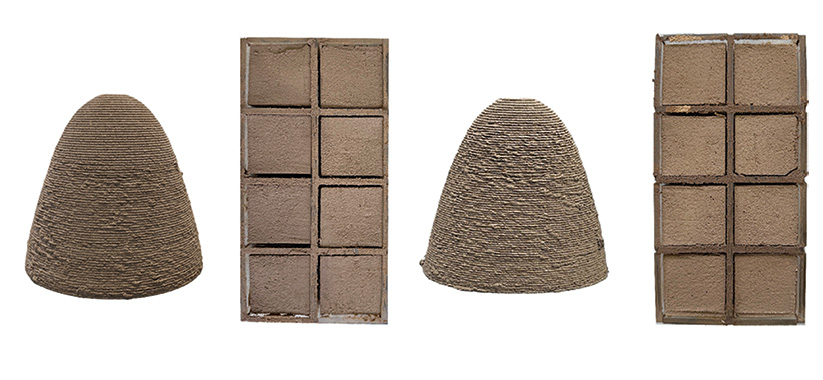
Historically, local soil has been a primary construction material. Buildings featuring thick walls, vaulted roofs, and domes were designed and built for local communities. However, this practice is labor-intensive and inefficient. Addressing these challenges, the study explores the potential of Microbially Induced Calcium Carbonate Precipitation (MICP), a technique that utilizes bacteria to harden soil, as a solution to enhance the structural integrity of soil-based construction materials. This research focuses on biostimulating existing bacteria in locally sourced soil, thus simplifying the MICP process and facilitating on-site applications. It extends this approach by examining the construction of continuous shell structures using local soil, with cutting-edge material methods in creating vaults and domes. The research employs robotic fabrication to experimentally investigate the application of MICP by stimulation in shell structures subjected to compressive forces. It evaluates the performance and stability of these structures, employing an additive manufacturing process. Two distinct materials are tested: 1) local loess soil mixed with water as a control method, and 2) local loess soil treated with MICP for the experimental method. Two identical shell structures are 3D printed for each material using a custom robotic end-effector. This study suggests that applying MICP by stimulation can potentially enable the use of soil in the construction of continuous shell structures, provided their design is optimized for such forces. Ultimately, this research contributes to integrating traditional construction materials with innovative biotechnological methods to produce more sustainable construction practices.